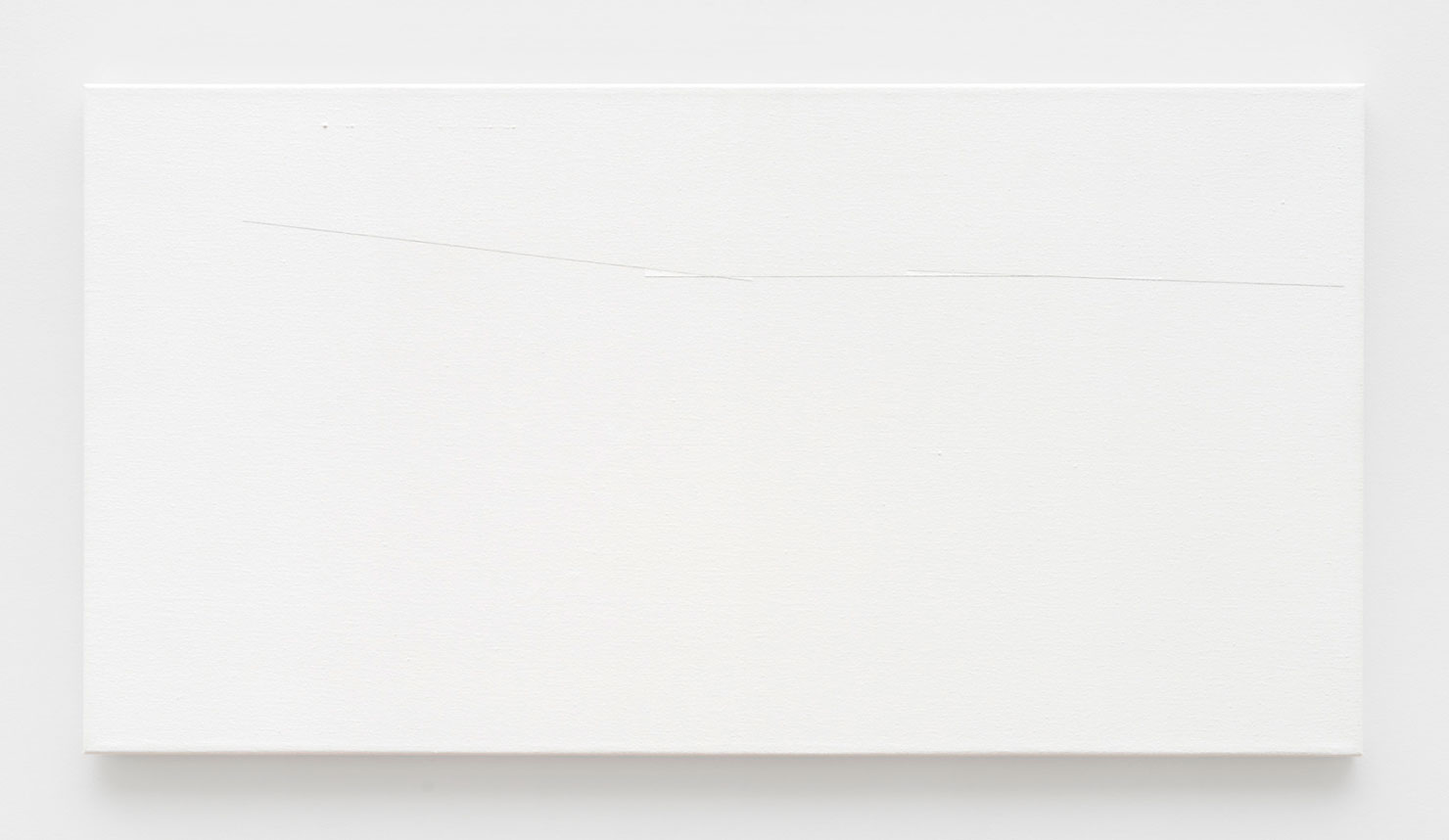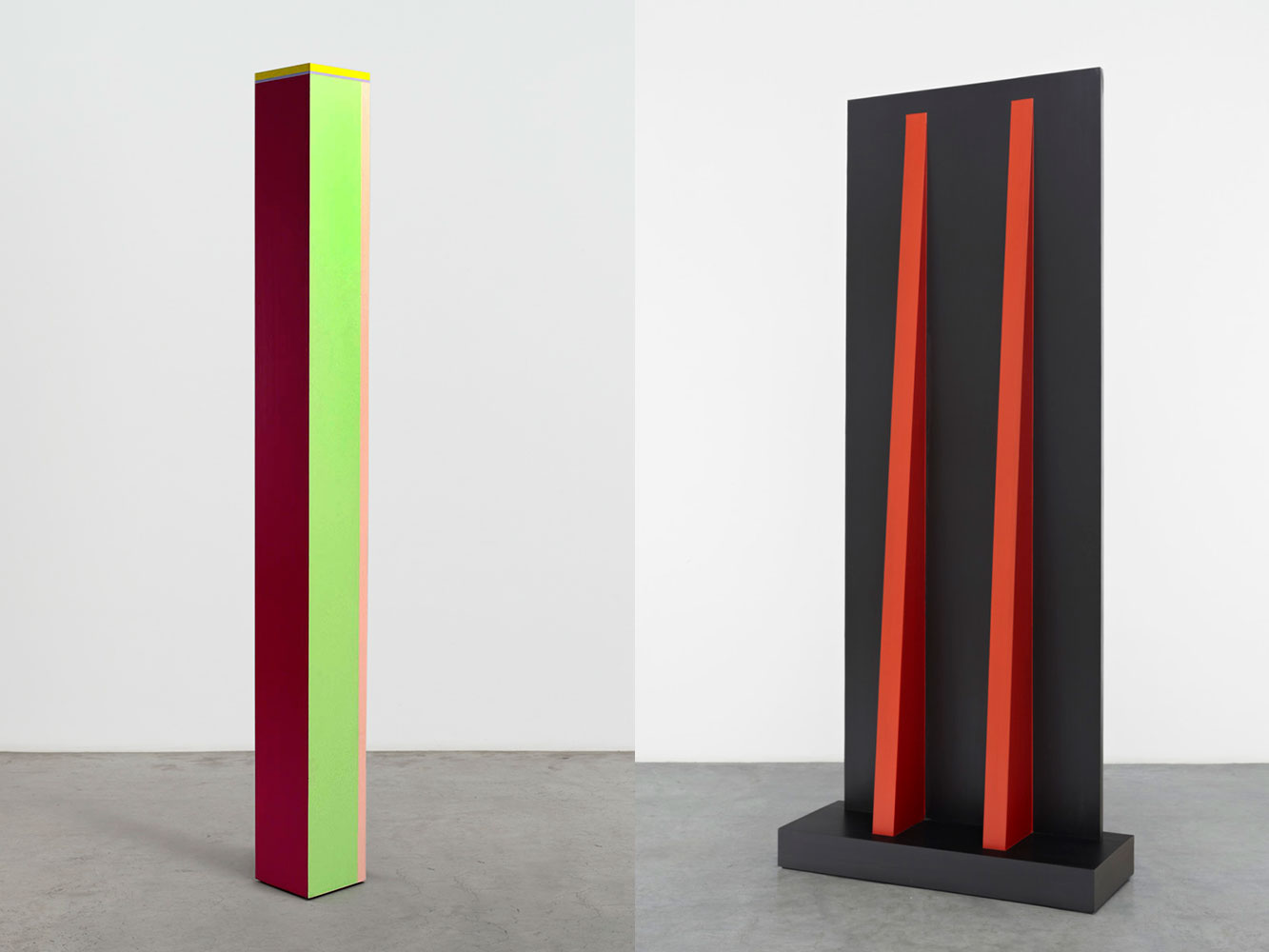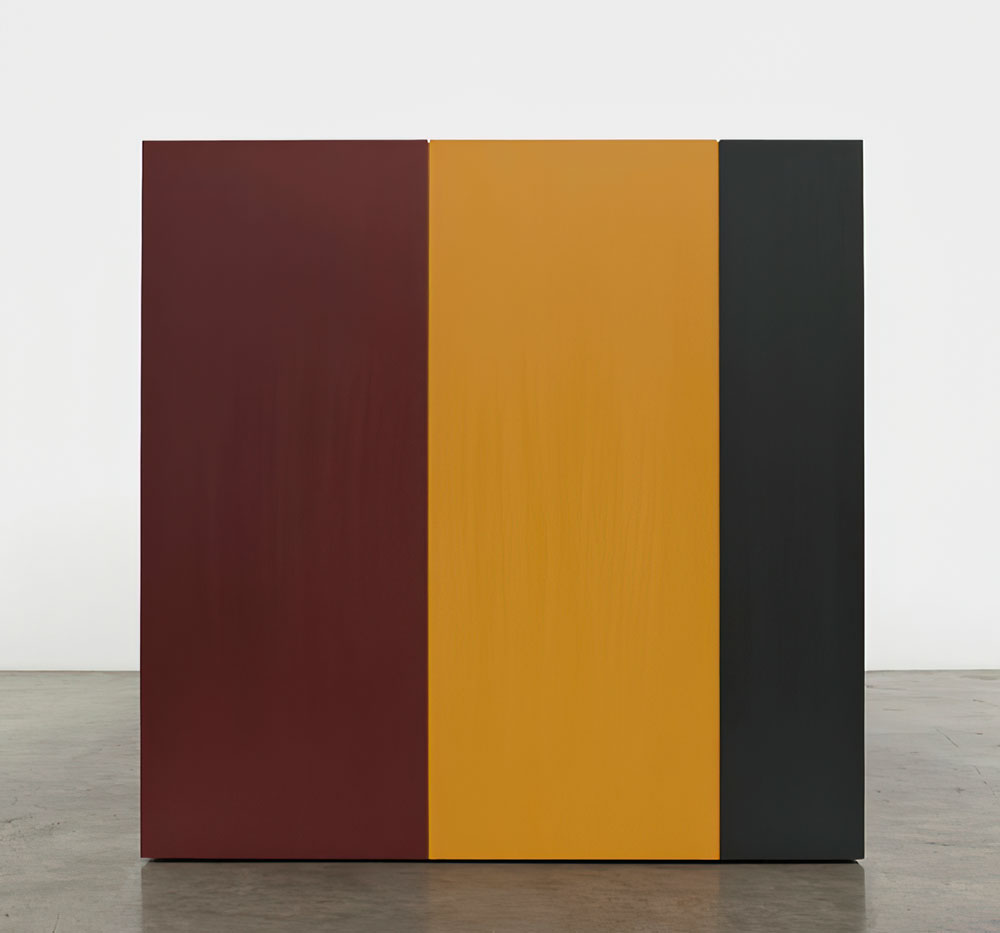ART CITIES: Los Angeles-Anne Truitt
 Anne Truitt is a major figure in American art. Her career as a painter and sculptor spanned over forty years. While often labelled a Minimalist, Truitt’s work was actually defined by a powerful emotional and autobiographical reflex which stands her apart from her contemporaries. In the 1950s Truitt abandoned psychology and nursing to dedicate herself to art.
Anne Truitt is a major figure in American art. Her career as a painter and sculptor spanned over forty years. While often labelled a Minimalist, Truitt’s work was actually defined by a powerful emotional and autobiographical reflex which stands her apart from her contemporaries. In the 1950s Truitt abandoned psychology and nursing to dedicate herself to art.
By Dimitris Lempesis
Photo: Matthew Marks Gallery Archive
The exhibition “White Paintings” presents includes seven paintings from the Anne Truitt estate made between 1973 and 1999. Truitt began a series of white paintings in 1973, which she titled Arundel after the county in Maryland, near where she grew up. Each painting consists of a rectangular canvas covered with a uniformly painted white ground on which the artist sparingly applied a few crisp graphite lines and occasionally some additional strokes of pure titanium white. The variations in the composition and different proportions of the canvases fascinated Truitt, who despite, or perhaps because of, the vastly reduced vocabulary, continued working on the Arundel series on and off for more than 25 years. This exhibition focus on this singular body of work since 1975, when the Baltimore Museum of Art organized “Anne Truitt: White Paintings,” from which the current show takes its title. The original exhibition caused a scandal and inspired a local critic to write a series of articles denouncing Truitt’s work and calling for the museum’s public funding to be revoked. Anne Truitt spent her childhood in Easton on the Eastern Shore of Maryland, and in 1943 she graduated cum laude with a BA degree in psychology from Bryn Mawr College. Truitt worked as a Red Cross nurse’s aide at Massachusetts General Hospital until the end of World War II, serving in the wards at night after working as a research assistant in the hospital’s psychiatric laboratory during the day. Truitt married James McConnell Truitt in 1947 and moved from Boston to Washington, DC, where he worked in the State Department. In 1948 James Truitt left the State Department and began a career in journalism; subsequently the Truitts moved around the United States and lived in Japan from 1964–1967 when James was Tokyo bureau chief for Newsweek. In 1949 Truitt studied sculpture for one academic year at the Institute of Contemporary Art in Washington, DC, followed by three months at the Dallas Museum of Fine Art. Following this formal training, she experimented with various media and techniques, including clay, cast cement and plaster, and steel welding. A turning point came in 1961 when Truitt visited New York with Mary Meyer and encountered New York’s abstract art face-to-face for the first time in the exhibition American Abstract Expressionists and Imagists at the Solomon R. Guggenheim Museum. She was completely taken in by the scale and color of the work she encountered, particularly Ad Reinhardt’s Color Field paintings and Barnett Newman’s famous “zip” canvases, saying, “The works reversed my whole way of thinking about how to make art.” The effect the work had on her was profound, as she remembered, “I was so excited that night in New York that I scarcely slept. I saw too that I had the freedom to make whatever I chose”. In 1961 Truitt began to work in the style for which she later became known: painting multiple delicate layers of color characterized by subtle variations onto wooden constructions fabricated in accordance with scale drawings; the structural elements of these sculptures constitute armatures supporting color. Abstract yet rich with feeling, the works are grounded in memories and sensations accumulated over a lifetime. This referentiality is in stark contrast to the literalness of Minimalism, a movement with which her work is sometimes associated. For Truitt, abstraction provided a syntax for her impressions — of people, places, ideas, and events. She wielded color and form as metaphors for thought, developing a visual grammar that remains unique in the history of art. In the 1980s, Truitt developed a connection with Yaddo, a storied artists’ colony in Saragota Springs, New York, later becoming its acting director in 1984, where she befriended photographer John Gossage.
Photo: Anne Truitt, Arundel XLIII, 1977, Acrylic and graphite on canvas 22 × 42 inches; 56 × 107 cm, © Anne Truitt Estate, Courtesy Anne Truitt Estate and Matthew Marks Gallery
Info: Matthew Marks Gallery, 7818 Santa Monica Boulevard, Los Angeles, CA, USA, Duration: 17/2-2/4/2022, Days & Hours: Tue-Sat 10:00-18:00, https://matthewmarks.com

Right: Anne Truitt, Hardcastle 1962, Acrylic on wood, 99¾ × 42 × 16 inches; 253 × 107 × 41 cm, © Anne Truitt Estate, Courtesy Anne Truitt Estate and Matthew Marks Gallery


Right: Anne Truitt, Rock Cry 1989, Acrylic on canvas, 82 × 36½ inches; 208 × 93 cm, © Anne Truitt Estate, Courtesy Anne Truitt Estate and Matthew Marks Gallery
